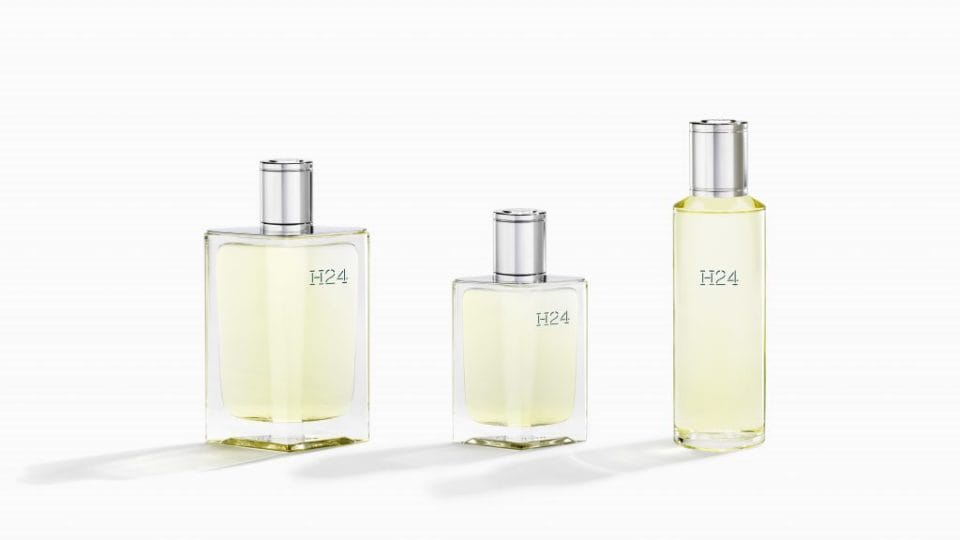
When we inhale a scent, it travels down to the olfactory bulb, the front of our brains that sparks an emotion or memory. “Sweet as oboes” or “Vast like night and like clarity” wrote Baudelaire, our perfumed portals to the past. There too is the more practical aspect of what we are looking to project with each spritz of a flacon. What are we looking to do? What are we looking to show? Or what are we trying to hide? If some perfumes are the olfactory version of thick smoke that blankets the brain in the past, then H24 by Hermès — the first men’s fragrance under in-house perfumer Christine Nagel — is hot urgent steam that signifies how we live now.
We aspire to modernity but understand the cultural gravity tradition has. We are plugged in to the now, our data floating in the clouds but we still like the old world charm of things like letter writing or speaking on the phone. We want a fragrance that does not project its own personality onto us but instead, opens up a mosaic of possibilities for each lives we live.
—
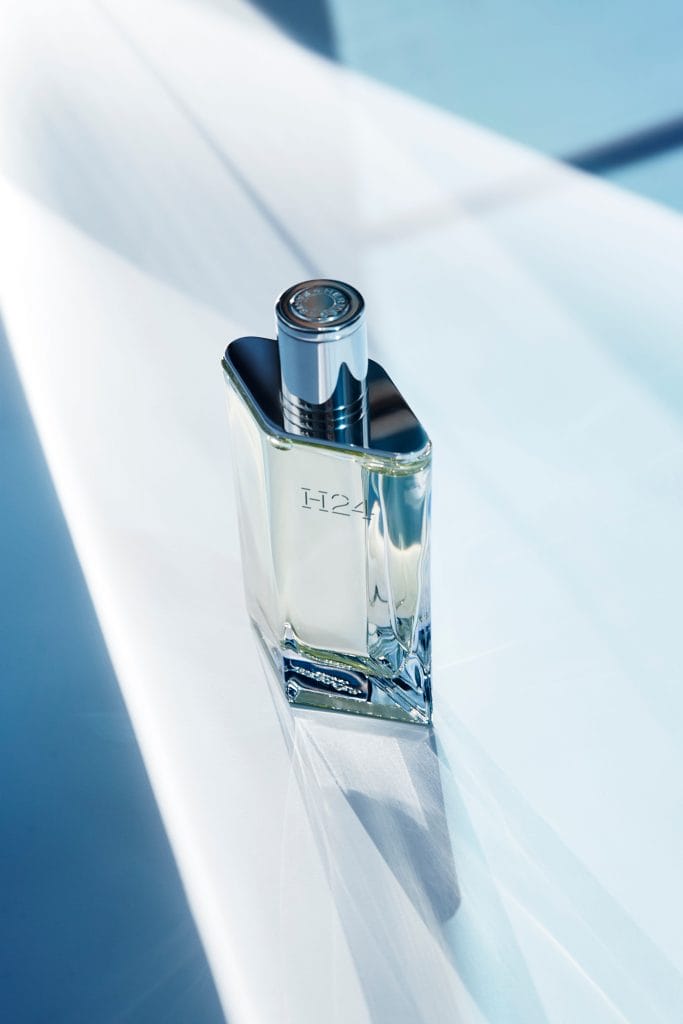
Photo credit Christopher Anderson
“What you put on your skin is something much more intimate and personal. It is not a product of gender but instead, a product of emotion. I wanted to express sensuality lightly with H24 and in a contemporary way. It is a sensuality that is treated in a tactile way. Like when you see a man walking on an Hermès runway show — the materials are so soft that you’d want to touch and caress them. If you would like to caress someone’s neck wearing H24, that would be so delightful.” says Nagel.
But what is sensuality without some depth? Men and women have been scientifically proven to seek a partner with a certain IQ score after all — no more, no less. With Hermès H24, Nagel’s answer is less complicated. The depth is in her observation of what she thinks could make a men’s perfume different.
“I think that at a house like ours, we have a big responsibility because the first object that a person purchases from a house he loves is a fragrance. There is no gender in it. I’ve known men who would wear rose beautifully and it suits them very well. No one asks any questions about their masculinity. You have to wear a fragrance that touches you.”
“When I started to think of the idea of a men’s fragrance, I immediately imagined something that would be different. 80% of the men’s fragrances are woody. Their structure is woody which is to say they can be oriental, musky, spice, floral or even amber woody. I said to myself that I wanted to do something different by choosing a botanical. Why? Maybe, because I had a childhood memory of a little sprout; like when you see the accelerated version of a green shoot that crosses the surface of the Earth with the strength that it takes for germination. Dynamic and fluid like the Hermès man by Véronique Nichanian.”
—
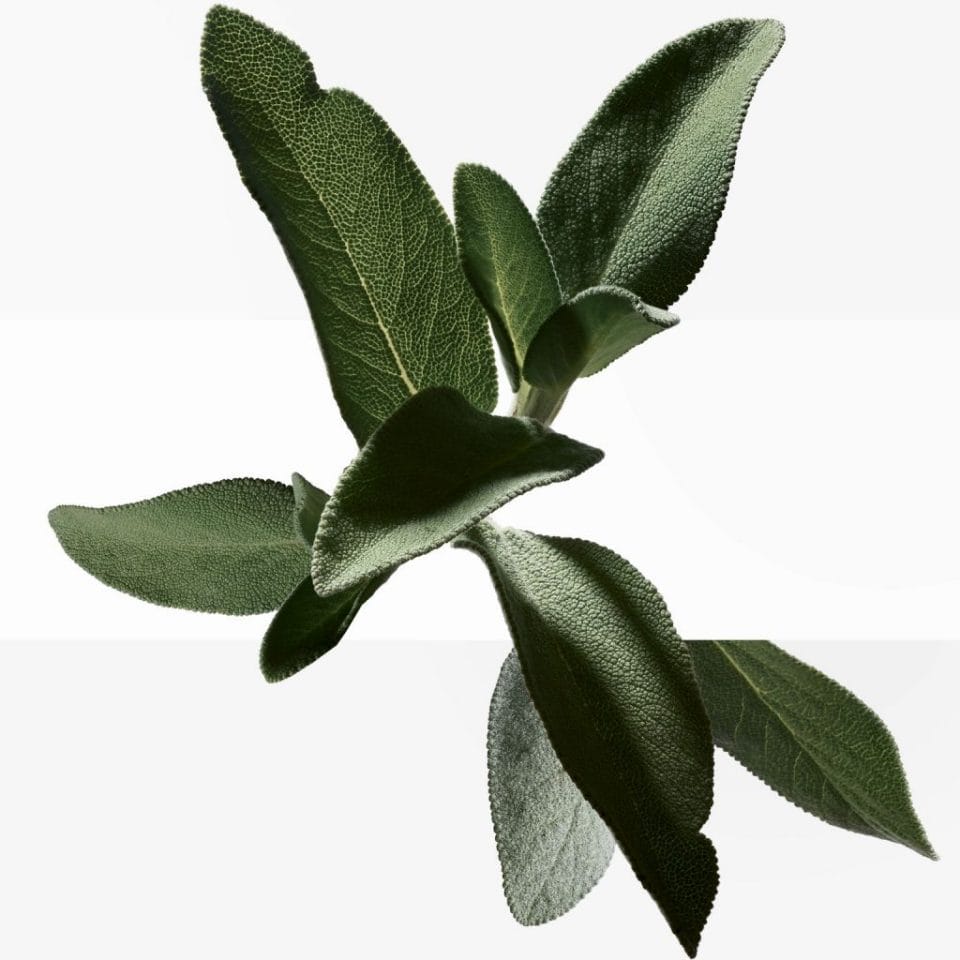
Photo credit Thomas de Monaco
Botanicals, the plant or plant-part valued for its medicinal or therapeutic properties, flavour, and/or scent. Some like it distilled down into a bottle of gin whereas others see it as a salve for the skin. Nagel however, has used it in Hermès H24 for its texture, its warm balsamic aroma conjuring the duality of fabrics and textures in the workshop of Hermès men’s universe artistic director, Véronique Nichanian. “Another specificity is that it comes from eastern European countries which meant transportation costs and pollution in the form of carbon footprints. That is why I looked for clary sage in France. Obviously, it’s most costly but I thought it was more just because the whole process was an eco-responsible approach.”
—
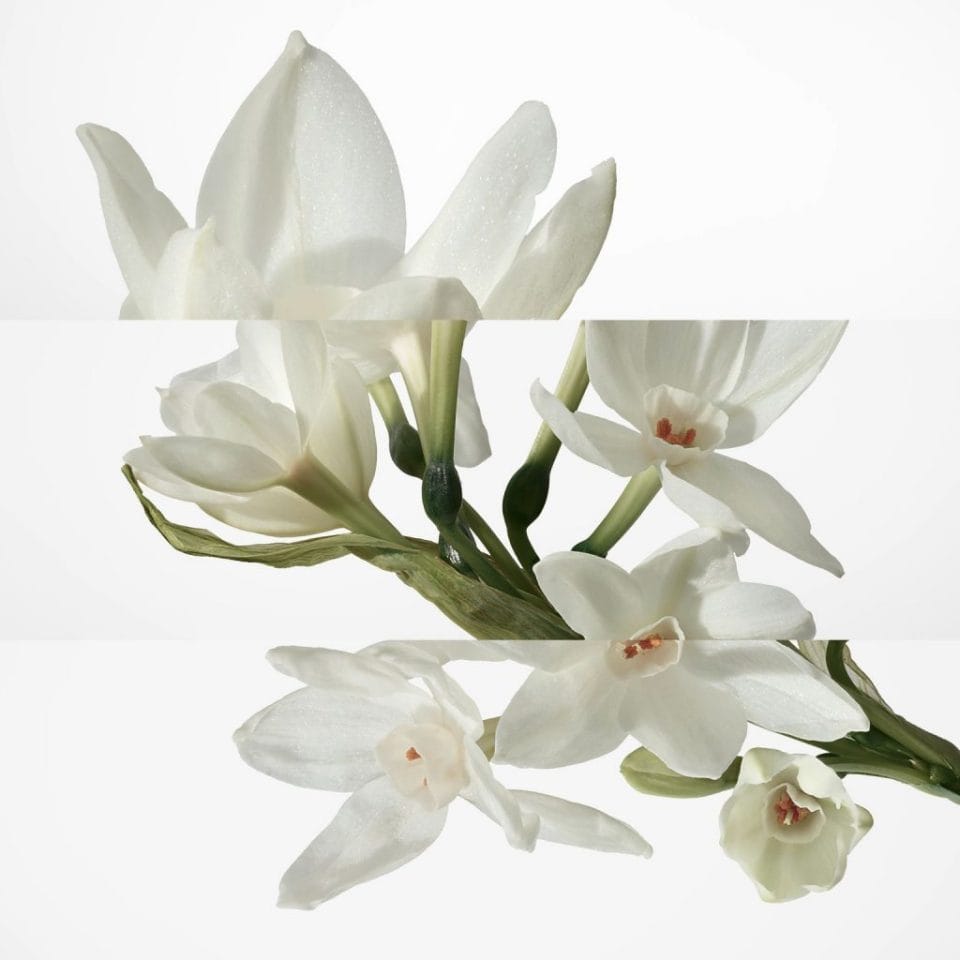
Photo credit Thomas de Monaco
“The second ingredient is narcissus that is quite special because they say that it is a man’s flower. Why? Maybe because of the legend of Narcissus? I think it’s a flower that is used in small quantities to give a spark to the fragrance and from an olfactory point of view, it’s hard and tough.”
Sleeping in the winter and roaring to life in spring, the yellow-tinged energy of the flower — happiness, hope and spontaneity — is Nagel’s nod to the electric touches of colour Nichanian uses in her shows. It is a streak revolving around the entirety of H24’s box. Forward it goes like an electric current, never ending — perhaps a reference to how Hermès is constantly moving forward into the now.
—
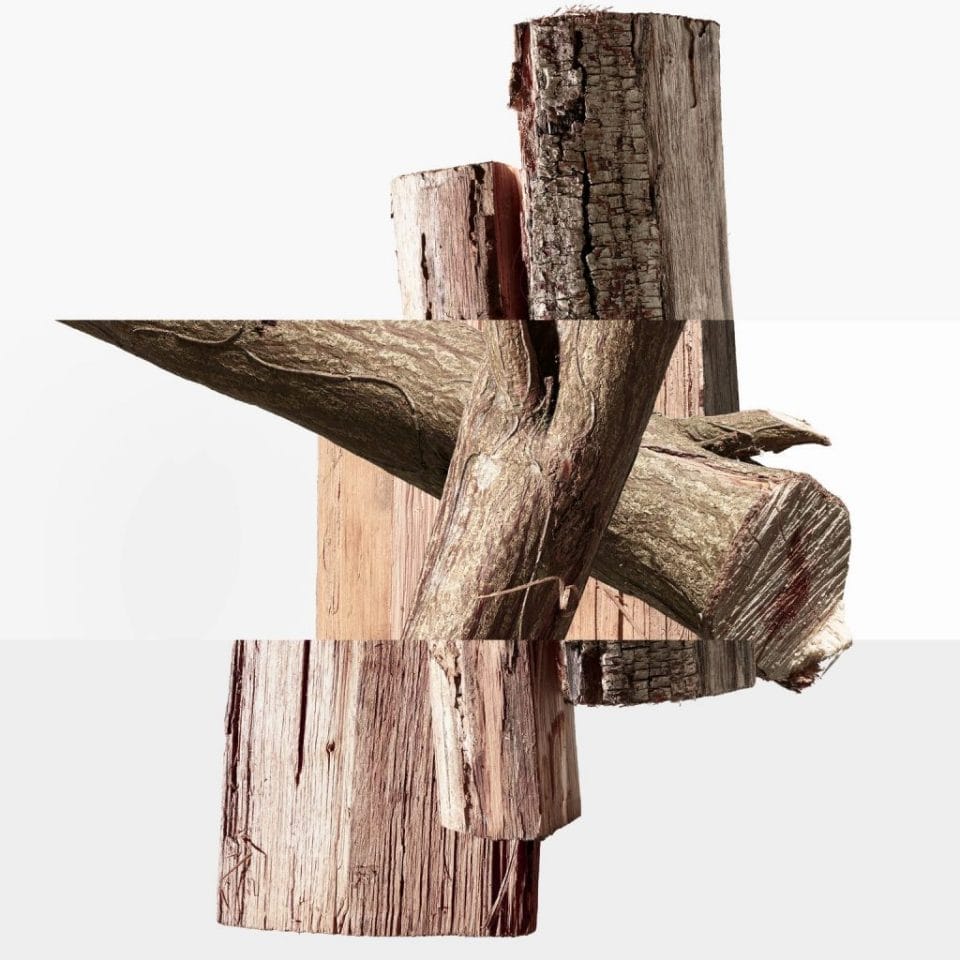
Photo credit Thomas de Monaco
“The third ingredient is called rosewood. When you smell it, you’d be surprised because it smells neither of rose nor wood. It’s called rosewood because for many years — especially in Asia — rosewood was used in marquetry as little roses.”
The export of rosewood however, has been banned by Brazil for decades, the result of an estimation of 858ha (equivalent to 1,603 football fields) removed per annum, leading to animals like the giant anteaters and the Ka’apor capuchin monkey facing endangerment of extinction.
“That was a real problem for perfume making but recently, I heard of small scale producers in Peru. They had obtained a certificate that authorised them to produce rosewood essence because they cut the trees at a specific height which allows the tree to regenerate and regrow. I did some testing and when you smell it, you realise that this wood is fresh, botanical and vegetal. The specificity of H24 is that the freshness is brought out by wood and not by a citrus!”
“At the House of Hermès, we require a high liability from our suppliers. There was an audit of the producers and my raw materials auditor went too! He imagined a beautiful discovery but it was 10 hours of a flight, a bus and boat ride and walking — all of these to meet with these producers. He was exhausted but we were delighted that these producers were so reliable and serious about their jobs. Not only am I happy to use this long forgotten ingredient but more than ever, we’re getting small scale producers to work and live off their plantations.”
—

Photo credit Thomas de Monaco
The last ingredient in Hermès H24 is sclarene and interestingly, it is not widely documented on the internet. A cursory search on the internet would only deliver a paltry 7,820 results and terms like “diterpene” or “labdane skeleton” are sure to confuse. Sclarene is only a stub on the information mecca that is Wikipedia. What then is this ingredient that provides H24 a signature steamy metallic tang?
“Sclarene is a material of synthesis; not synthetic. Synthetic sounds negative but to say that something is created out of synthesis means it has gone through controlled research. This molecule’s name makes you think of clary sage and there is a link in its molecular structure of which was created in the mid- seventies by Roure, now part of the Givaudan group. As a general rule, sclarene allows you to give a vibration and clarity to musk.”
—
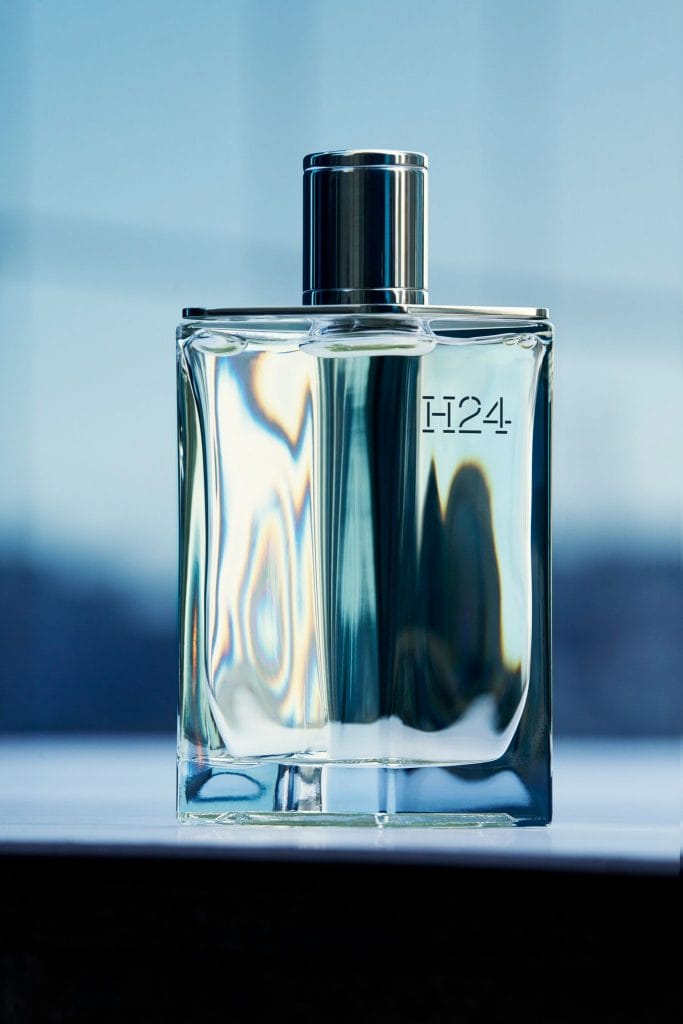
Photo credit Christopher Anderson
To this writer’s nose, Hermès H24 reminded me of a pair of steel scissors found in barbershops. On a fellow journalist, it reminded her of minerals unearthed from wet soil. To Nagel however, there is a past and present to it. “The memory of the past was of me as a little girl when my grandmother used to sew trousers for men and the olfactory memory was of her ironing wool with a very hot metal iron. Between the iron and the wool, she would put a piece of wet cloth — that warm steam and its fragrance was really impressive. I had completely forgotten about it but it so happens that in Véronique Nichanian’s workshop, I smelt it once again.”
An ode to a charmed past and a product made from respect to time-solidified tradition. What about the now? In 2019, Singapore generated 75,000,000 kilograms of glass waste of which 14% was recycled. In America, the number stretches to 10,000,000,000 kilograms with 33% being recycled. Nagel believes that attention should be paid to the environment and ecoprotection, like how an Hermès artisan works mostly on renewable materials or how Petit H upcycles the old.
—
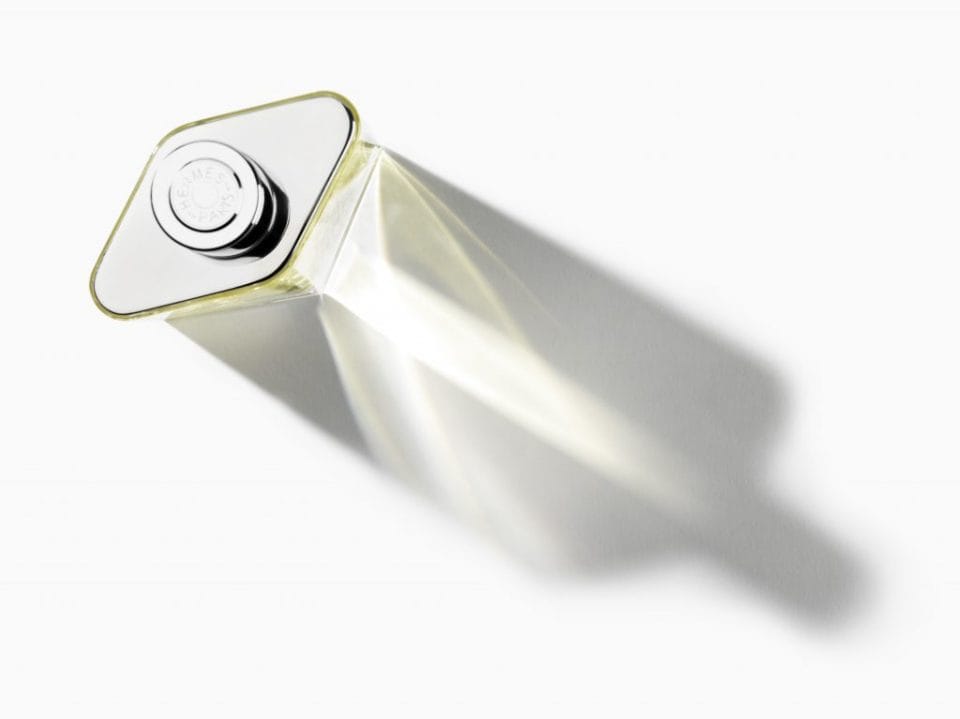
“In this fragrance, you have the naturals and materials that came from synthesis. I paid attention to both. Attention too was paid to the bottle because it is made of recyclable glass and so is the box and ink used. The fragrance is completely refillable. I think in all the details, we’ve been very attentive and I sincerely hope that next year, I’ll be able to do even better. And in the years ahead.”
Echoing the words of Hermès CEO Robert Dumas — “Luxury is what can be repaired” — but perhaps in Nagel’s world, luxury also includes having time to do what one loves the most. “At Hermès, I have the greatest luxury that is time and the freedom to be attentive to the ingredients; textures that are important to me and how ingredients are sourced in the least pollutive way possible.”.
This story about Hermès H24 by Christine Nagel first appeared in our April 2021 issue.







